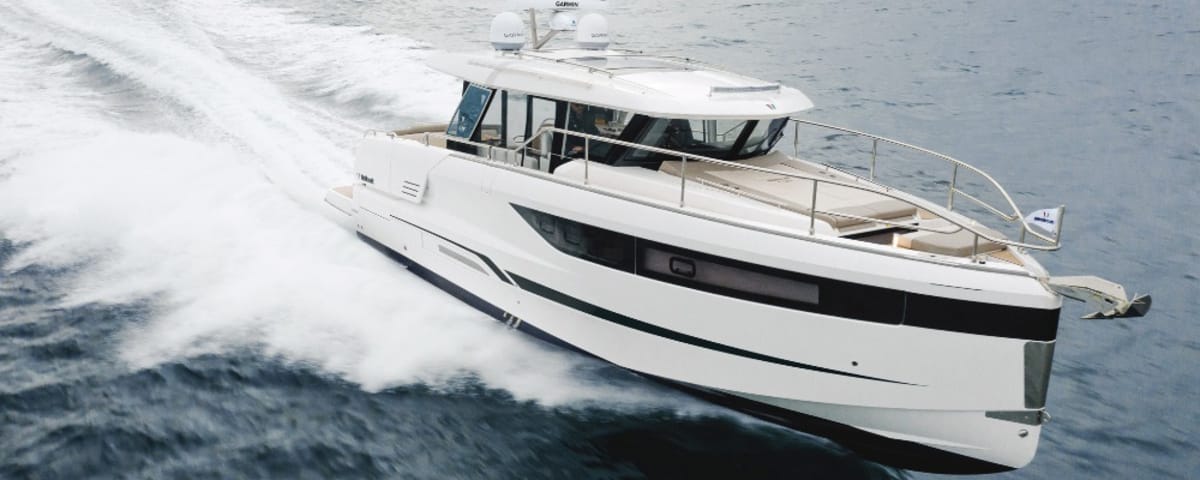Retiring on a Boat: A Comprehensive Guide
The transition to retirement is a significant moment, a time when, after a lifetime of work, you choose how to enjoy newfound free time. To ensure this new chapter is as harmonious as possible, careful thought and planning are essential.
When considering retirement on a boat, it’s crucial to avoid chasing unrealistic dreams. Instead, gain a precise understanding of the commitment involved. A solid foundation of experience is key. Plan cruises lasting from one to several weeks, including voyages of varying lengths. Test nighttime navigation with your crew (often your spouse), who will share your new life. Your partner’s commitment to this new lifestyle should be as strong as yours, not simply an agreement to “go along to please” you.
A 100% Boat-Based Retirement: A Bold Choice?
Whether you’re embarking solo or with a partner eager to share this new life, the decision to sell everything and live on a boat in your sixties will undoubtedly raise questions among your friends and family. How will you manage health concerns? When and how will you see your children and grandchildren? What about the dangers of navigation? And how will you cope with living 24/7 alone or with your partner in a confined space, with no escape?
Every potential retiree considering life on a boat inevitably grapples with these questions. If they decide to take the plunge, it’s because they feel capable of handling the challenges, even though any life change involves a degree of uncertainty.
“The allure of crystal-clear waters and idyllic anchorages is undeniable.”
The 6/6 Lifestyle: Six Months Ashore, Six Months at Sea
While official statistics are lacking, a visit to any anchorage in the Caribbean or Mediterranean reveals a significant presence of retirees, often forming a friendly and diverse community. Conversations with these happy individuals reveal that many have chosen not to choose entirely. They call themselves the 6/6: six months ashore and six months on the boat. This division isn’t rigid, varying based on location, personal needs, resources, and desires. Some opt for 2-3 months of sailing per year, while others spend 6-8 months on the boat in one or more stretches.
This land/sea mix is popular among retirees, combining the benefits of both lifestyles. Home provides opportunities to enjoy family and friends, cultural events, and medical appointments. These breaks also alleviate potential tensions and reduce the feeling of being constantly “on top of each other,” offering a welcome respite. On the boat, you can enjoy the sea, dream anchorages, a symbiotic lifestyle, and visits from friends or family, or even paying guests to supplement your budget. This solution is more expensive, requiring a permanent residence with year-round expenses and a secure location to store the boat during absences.
Choosing the Right Boat for Retirement
Extensive research of anchorages frequented by retirees won’t necessarily lead you to the perfect boat. The same goes for online forums and groups. The prevailing wisdom is that “the right boat is the one you set sail with!” Catamaran or monohull? Sail or motor? 8 or 15 meters? Everyone has their own tastes (and budgets) and their ideal boat. However, it’s important to acknowledge that retirement often coincides with a decline in physical capabilities. The chosen boat should be manageable for the crew and equipped accordingly. A boat that’s too large, too physically demanding, or too technical might discourage you from leaving the anchorage, which would be a shame!
The primary consideration should be a boat that’s “a good fit” for your abilities and your budget. Boat maintenance, even if you handle most of it yourself, incurs significant costs.
Remember that during long-distance cruising, you’ll spend 80% (on a world tour) to 98% of your time at anchor if you stay in a specific area. Therefore, prioritize the comfort and livability of the boat at anchor over its sailing performance or engine power for rapid transit. While these factors are still important, they shouldn’t be the primary focus.
Regardless of your choice, thorough preparation and proper outfitting are essential for the success of your project.
Essential Preparation
While the choice of your retirement vessel is personal, meticulous preparation is crucial. The goal is to create a boat that’s comfortable and sufficiently self-sufficient to avoid frequent trips for water or marina hookups for battery charging. A generator or alternator on the engine(s), solar panels, and a wind turbine are all viable options for producing your own energy and powering a watermaker for ample freshwater. Self-sufficiency is paramount for long-term living on a boat. However, more equipment means increased maintenance and a higher probability of breakdowns. Consider carefully what’s truly essential. A good dinghy (with properly sized davits for easy handling), solar panels, refrigeration, and a watermaker significantly enhance onboard comfort. But what about an ice maker, dryer, or microwave?
Successful boat preparation requires self-awareness. Know which equipment is indispensable and what you can live without. This underscores the importance of gaining sailing experience before making your choices.
The Cost of Retiring on a Boat
While the idea of a dream life among idyllic anchorages and seasonal returns home is appealing, what does it actually cost to retire on a boat? The answer depends on the boat and your lifestyle. The purchase, maintenance, and marina fees for an 8-meter monohull from the 1980s will differ significantly from those of a new 15-meter catamaran. Similarly, frequent trips home from Polynesia or dining at every restaurant in each port will quickly inflate your expenses.
To help you create a budget, consider these unavoidable costs: boat insurance, port fees (even if you prefer anchoring, occasional marina stops are necessary), annual haul-out for hull cleaning, regular maintenance and replacement of worn parts, and various taxes. These expenses typically amount to around 10% of the boat’s purchase price per year. Skilled DIYers and those who avoid marinas can reduce this amount somewhat.
In addition to the 10% for boat-related expenses, factor in food, fuel, and extras, ranging from 500 euros per month for the most frugal to several thousand euros for others, depending on your lifestyle. Finally, set aside a “safety margin” for unexpected major repairs, which will depend on the type and size of your boat. A grounding, a saildrive entangled in a fishing net, or a torn sail can easily cost thousands of euros.
Retiring on a Cruise Ship?
This trend is gaining popularity, particularly among North American retirees, and is also developing in Europe. The concept involves living full-time on a cruise ship and continuously embarking on cruises. Food and standard activities are typically included. For a monthly cost ranging from 4,000 to 15,000 euros, depending on the ship and options, you can spend the rest of your life on one of these floating palaces. Some cruise lines offer cabin sales programs exclusively for retirees, including tailored medical services. The idea is to embark on a multi-year world tour on “their” ship and in “their” cabin, a very different choice from a free-spirited retirement on “your” own boat.
Enjoyed this post by Thibault Helle? Subscribe for more insights and updates straight from the source.


